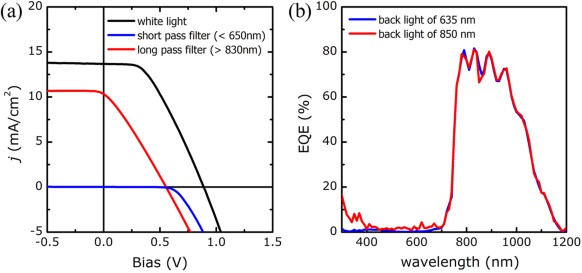The G Summary Eqe Tools Of The Trade
Suggested list of books & things to take to the Main & Pre-Exam - EQE 2017. Good legel reference books wil have a summary of the important points, so.

Rocking motion, established in either the superstructure in the form of a 2‐point stepping mechanism (structural rocking) or resulting from rotational motion of the foundation on the soil (foundation rocking), is considered an effective, low‐cost base isolation technique. This paper unifies for the first time the 2 types of rocking motion under a common experimental campaign, so that on the one hand, structural rocking can be examined under the influence of soil and on the other, foundation rocking can be examined under the influence of a linear elastic superstructure. Two building models, designed to rock above or below their foundation level so that they can reproduce structural and foundation rocking respectively, were tested side by side in a centrifuge. The models were placed on a dry sandbed and subjected to a sequence of earthquake motions. The range of rocking amplitude that is required for base isolation was quantified.
Overall, it is shown that the relative density of sand does not influence structural rocking, while for foundation rocking, the change from dense to loose sand can affect the time‐frequency response significantly and lead to a more predictable behaviour. Spavner dlya variant omega 2 0. 1 INTRODUCTION Following the aftermath of the New Zealand earthquakes (2011), it has become clear that buildings should be designed to be easily repaired after a seismic event, so that disruption is minimised.
At the same time, the recent earthquake events in Chile and Mexico caused a detrimental loss of building and infrastructure stock. From a reinvesting point of view, a huge opportunity arises when reconstructing these areas. However, to reduce similar economic losses in the future, the current practice of fixed‐base ductile design may not be optimal. While current design procedures ensure sufficient ductility to ensure life safety even in extreme loading events, extended structural damage may result, favouring building demolition rather than repair. Standard seismic designs typically do not utilise many strategies that can lead to easily repairable structures.
For example, large slender structures can resist earthquake loading by utilising their rotational inertia while rocking motion is allowed on their foundation base. Alternatively, a rocking foundation can be used by mobilising both the structural rotational inertia and damping because of soil deformation below the foundation.

The former (structural rocking) limits the force demand by avoiding excitation through a drastic reduction in stiffness upon uplift (ie, initiation of rocking), while the latter (foundation rocking) also takes advantage of additional damping from soil, displacing the ductility demand from the superstructure to the ground. Structural and foundation rocking have been studied extensively over the last 60 years, and although the seismic isolation principle is the same (ie, uplift reduces force demand), these approaches have never been directly compared experimentally. This paper provides a novel, experimental, and direct comparison of the 2 types of rocking through a campaign with physical modelling by means of centrifuge testing. Two building models, one with a partial release between footings and columns and another with fixed footing‐column connections, were designed to exhibit structural and foundation rocking respectively. The 2 models were placed on dry sand and tested side by side under a sequence of earthquake excitations within a centrifuge environment. 2 OVEREVIEW OF ROCKING SYSTEMS Structural and foundation rocking can be categorised according to the type of superstructure considered and the deformability of the support conditions (Figure ). In the simplest form of structural rocking, a rigid block is considered rocking on a rigid base.
For this configuration, it is known that larger blocks are less likely to overturn than geometrically similar smaller blocks, that they should have their own rocking spectra, and that generally their rocking behaviour is chaotic. Matrix of various rocking systems with respect to the superstructure properties and the deformability of their base Recognising that allowing structural rocking limits the base overturning moment that is resisted by the structure, but may result in large rigid body displacements, the rigid block type of superstructure was extended to structural systems that are equipped with post‐tensioning and special damping devices to suppress large rotations during rocking. The type of damping device can vary from shear elements and bending elements to tendons. While these systems have an inherent recentring capability, they have typically been studied on a rigid base. The addition of elastoplastic elements for damping might effectively reduce displacements; however, the interaction of the structural deformations with the rocking mode becomes increasingly important. Consideration of the flexibility of the superstructure during structural rocking provides a more accurate representation of reality, particularly for slender structures.